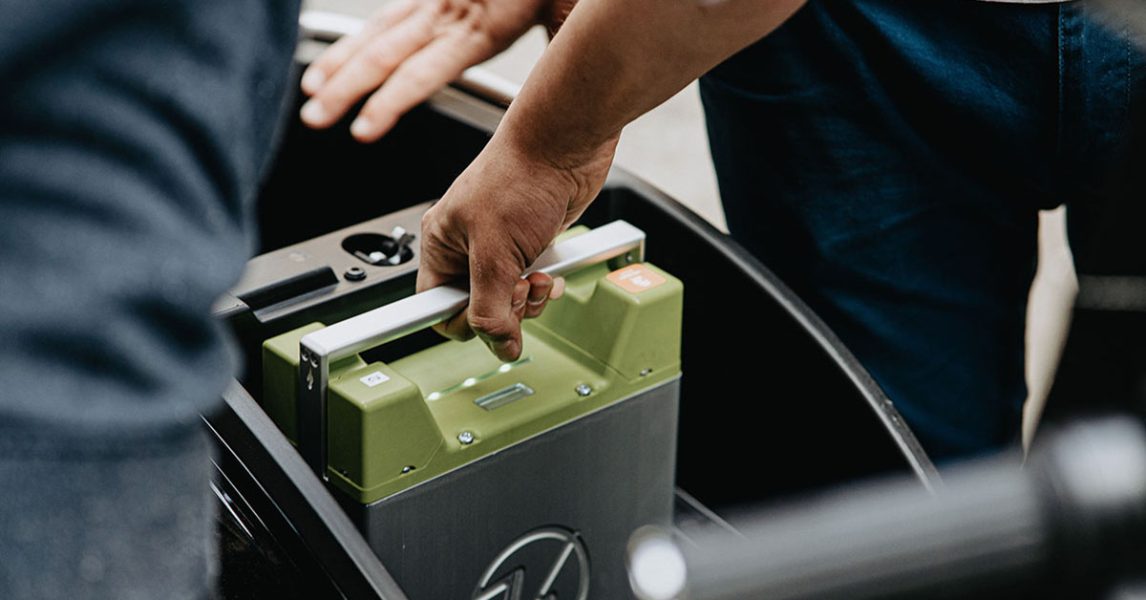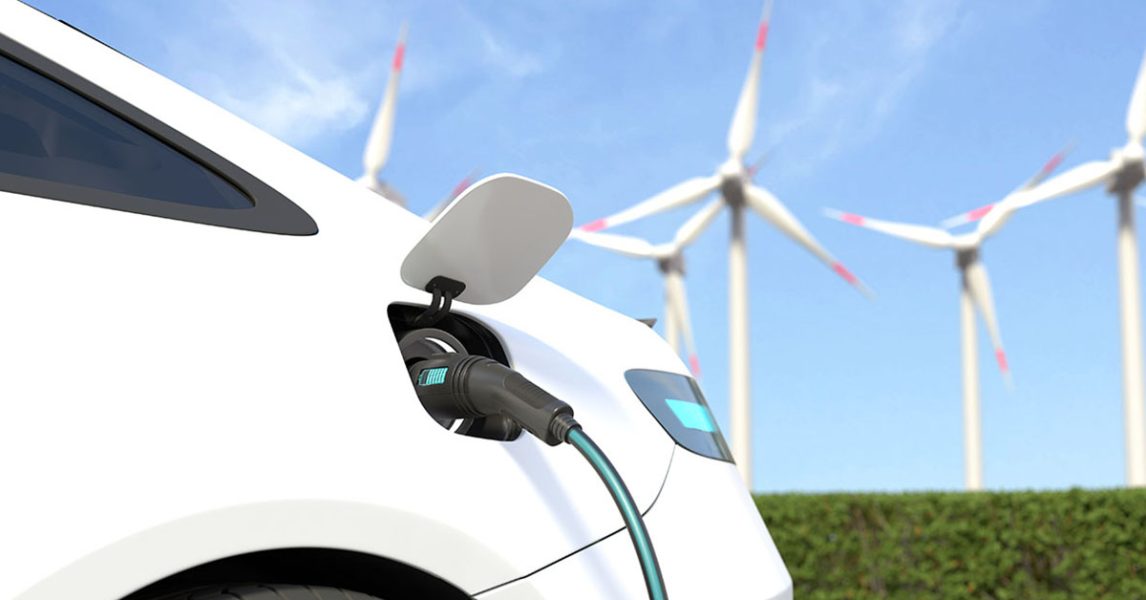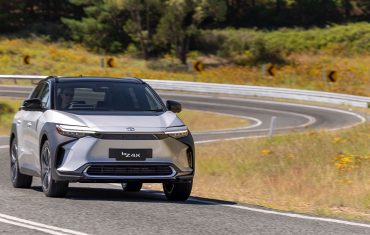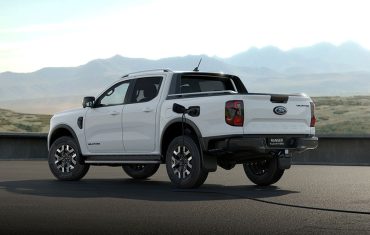
Could old EV batteries pose a new environmental crisis?
For your fleetElectric vehicles are among the most potent weapons available to us as a global community to help reduce carbon emissions and halt the slide towards irrevocable and catastrophic climate change. But, when it comes to their impact on sustainability, there are issues around the lifecycle and disposal of EV batteries that demand attention.
Lithium ion, the compound that powers EV batteries, has a working life of 10 to 20 years and, with more than 80,000 EVs on Australian roads (and that figure trending north at a considerable pace), the number of EV batteries destined for landfill is set to rise dramatically.
At the start of June 2023, the University of Technology Sydney (UTS) released modelling that showed 30,000 tonnes of EV batteries will reach their end-of-life by 2030. By 2040, that figure could nudge 360,000, before quadrupling to almost 1.5 million tonnes by 2050.
While those statistics for landfill rates are bad enough, there are further environmental risks around dumping used EV batteries. As ABC reporter Emilia Terzon pointed out in an article on the UTS paper, “Experts are [also] warning of a ‘huge waste stream’ that poses a triple threat: fire risks in landfill, environmental impacts, and health hazards caused if toxic chemicals leech into land and waterways.”
“For years, the World Health Organization has been warning about the health risks of e-waste, including batteries, in areas where it is dumped,” she continued. “Toxic chemicals, if released into the environment in large volumes, are thought to pose health risks that could lead to respiratory issues, infertility, congenital disorders and cancer.”
Libby Chaplin, the CEO of the Battery Stewardship Council told Terzon, despite bans on e-waste making it into landfill, fires caused by discarded rechargeable batteries are becoming more common.
“Right now, with the smaller [lithium] batteries in the general waste and recycling stream, they’re seeing fires in waste tracks on a pretty regular basis, and [EVs] are just going to take that to another level… The impact on the community, in terms of financial resources, to put out fires is one thing, but the impact on the local community from a health perspective will also be significant.”
With more batteries coming to the end of their working lives sooner than expected, it’s high time, as the UTS paper authors suggest, for EV manufacturers and the auto industry, in general, to collaborate on formulating a plan for maintenance and battery disposal before the situation gets the better of us.
So, what’s being done?

Lithium ion battery recycling
While it’s estimated that Australia recycles only 3% of its used lithium batteries, many components that go into making EV batteries can be recycled. And, while there are a number of businesses in Australia and Aotearoa New Zealand dedicated to lithium ion battery recycling (including companies like EcoBatt and Envirostream), the infrastructure required to cope with the rising number of used batteries requires significant investment.
There are two ways of recycling lithium batteries: pyrometallurgy and hydrometallurgy.
Pyrometallurgy
Pyrometallurgy involves burning EV batteries at high temperatures to remove excess plastics and other organic matter. The downside? All that is left of the battery are elements like copper, nickel and cobalt. It also causes the lithium and aluminium to be lost. Furthermore, the increased emissions from the smelting process have an adverse impact on the environment, which makes pyrometallurgy a less-than-ideal long-term recycling solution.
Hydrometallurgy
Hydrometallurgy involves leaching the lithium ion from batteries by soaking battery cells in acid that dissolves the metals into a solution.
“The success rate of recovering materials, particularly lithium, is much higher using this technique, but it can be an expensive and complex process,” explains motoring writer Stephen Corby. “Up until now, mining lithium has been viewed as a cheaper and easier alternative to leaching, but it is gaining in popularity as EV use continues to grow.”
An alternative method to both processes is stripping the batteries of their metal and plastic casings, nuts, bolts and wiring right down to the battery cells. But, while these components can be recycled locally, others like cobalt and lithium are sent off-shore to countries who have the capability to extract such compounds.
Crisis creating opportunities
Given the potential for an EV battery waste crisis, exporting our lithium ion waste to other countries continues to represent a missed opportunity for Australian businesses.
In 2021, in a report commissioned for the Future Battery Industries Cooperative Research Centre (FBICRC), the CSIRO outlined several opportunities for Australia to improve the way it deals with spent lithium ion batteries.
Writing about the report on the tech website Wired, journalist Aimee Chanthadavong highlighted the CSIRO’s analysis that sending battery waste off-shore and missing out on valuable battery metals and materials used in lithium ion batteries could “[translate] to more than $A600 million to $A3.1 billion in total lost value due to poor lithium ion battery collection rates, offshore recycling, and landfilling of the LIB battery waste”.
The CSIRO report additionally noted, as part of harnessing the financial opportunities, it was important to educate the community on why lithium ion battery recycling needed to be tackled.
“Low battery recycling rates can be overcome through a better understanding of the importance of recycling, improved collection processes, and by implementing ways to efficiently recycle materials,” the CSIRO authors wrote. “An effective recycling industry could stabilise global lithium supplies to meet consumer demand.”
Encouraging investment in lithium ion battery recycling in Australia is not just a way of attacking the looming environmental catastrophe of so many EV batteries piling up in landfill, it presents a compelling financial opportunity for Australian Greentech businesses.

The concept of circularity
Along with recycling, circularity will play a vital role in reducing EV battery waste.
Few vehicle manufacturers’ Australian operations have formal systems in place for recycling their used EV batteries beyond engaging third parties to handle such tasks. In Europe, however, manufacturers including Volkswagen, Volvo, BMW and Mercedes-Benz are all focusing on tackling the problem by incorporating the principles of circularity in new EV battery designs.
What is circularity or ‘The Circular Economy’?
In most developed economies, the prevailing consumption model is take, make, use, waste. This is also known as ‘The Linear Economy’:
- Take the resources from the ground;
- Make products from what we extract from the natural environment;
- Consume and use those products;
- Discard them as waste when we believe they’ve outlived their usefulness.
As we’ve all witnessed, this model has led to a depletion of natural resources, large volumes of pollution in the form of carbon emissions and vast amounts of waste ending up as landfill — all impacting the quality of our natural environment and the long-term availability of resources needed to sustain the way we live.
Circularity (The Circular Economy), on the other hand, is a design and manufacturing philosophy that aims to design out waste and pollution by keeping materials in use for as long as possible. It’s done by ensuring these products and their components can be adapted to other uses, which ultimately helps regenerate natural systems.
It means designing products that are versatile and using environmentally friendly processes and materials that have the functionality to be incorporated and re-purposed on multiple occasions in the future, diverting waste from landfill.
An overwhelming number of countries in Europe have waste reduction strategies—many enacted into law—that are underpinned by circularity and a commitment to creating circular economies. This explains why European EV manufacturers are employing the principles of circular design to alleviate the looming crisis caused by lithium ion batteries.
While circularity-designed solutions for EV battery lifecycles are still on the drawing board, they will have a significant influence on the future of how these batteries are recycled.

In conclusion
As the scale and popularity of EVs in Australia grow, we will face an environmental challenge with the batteries that power these vehicles reaching the end of their operating lives. Figures modelled by UTS Sydney in a recent research report indicate, based on present trends, we could be sending as much as 1.5 million tonnes worth of spent EV batteries to landfill by as soon as 2050.
The continued growth of circularity — an industrial design philosophy that minimises waste and pollution by keeping materials in use for as long as possible – will play a vital role in reducing EV battery waste, and maximising how they’re recycled in coming years. Yet, presently, Australia and Aotearoa New Zealand need to do more when it comes to developing an infrastructure that supports lithium ion battery recycling and encourages investment from businesses to make it a sustainable and profitable solution for our future.
Looking for environmentally friendly ways to power your fleet? Start a conversation with SG Fleet today.
 Driving Insights
Driving Insights



